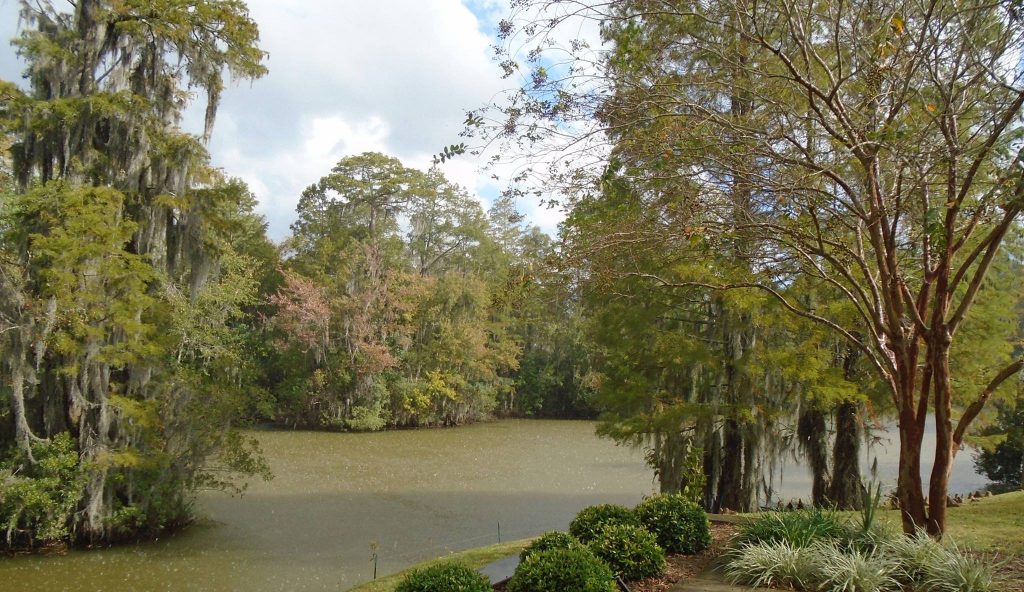
The forestry business has changed remarkably in the last ten years. Gone are the vertically integrated paper and timber firms that once owned and managed vast tracts of land. They sold this off to private owners: organizations like TIMOs, which manage tracts of timberland the way REITs do in real estate, and individuals like me. This vastly decentralized the business creating challenges and opportunities. The challenge was that no longer did you have staffs of professionals managing all that timber. The opportunity was that thousands of little guys were given the chance to try new things, taking the risks and getting the rewards.
Big companies to smaller owners
The big old companies did lots of research, but they mostly kept it to themselves. It was proprietary. The breakup of the big firms led to the creation of consulting firms and nurseries providing new and better trees. This time, fortuitously, also was a time of great progress in genetics. The loblolly pine is the most studied tree in the world. Its genome has been sequenced. And the trees today and qualitatively different from their wild ancestors. This is currently done the old fashioned way with selected breeding. GMOs still have not come to the piney woods. Controlled pollination produces great trees.
One of the collateral developments of having decisions in the hands of many individual landowners is that the scientists needed to develop a way to explain this us ordinary guys.
Keep it simple
They rate trees on an easy to understand PRS scale- productivity, rust and straightness. P – is for productivity, how well it grows. R is for rust. Fustiform rust is a fungus disease that has long plagued loblolly pines. New varieties are almost immune. S is for straightness, form in general. New varieties are straighter with fewer branches. Unfortunately, you usually have to trade off some traits for others, so you are not looking for the “best” trees but for the ones most appropriate for your conditions. You try to get the highest PRS, but you are concerned with the components.
Loblolly: the world’s most studied tree
As I wrote, the loblolly is the world’s most studied tree in the world. It is also very mutable. In the rust studies, they found that heritability of the immunity is 95-98%. Of course, it is a never ending quest. The pathogens adapt as we do. But it looks like we can stay ahead.
My picture is from the patio of the conference center, the “Rainwater Center.” I thought it was a cool name, taken from nature, but it is actually named after a guy called Rainwater. It is hard to see in the photo, but it was raining hard with the sun shining. If you look closely, you can see the drops on the pond. A pretty sight.
Talking to forest folk
My forest landowner conference ends tomorrow with a visit to a local forestry operation. People working in forestry are almost always happy and friendly. I think that comes from the long-term perspective you have to take. It is also a type of quiet optimism. We see that we can do lots of things, but patience and circumspection are prerequisites. Nature provides options but will not cut you any slack or give points of effort.
I think we might judge a group by its habitual platitudes. I get tired of those people talking about victimization and being denied stuff. I don’t like people who tell me why they cannot be expected to do things because of some earlier disadvantage or insult. You don’t hear that among the forestry types.
There were a couple of good ones I overheard at this conference. They were not new, but I am glad they are still around. One was, “promise little but deliver a lot.” Another, “I don’t care if the glass is half empty or half full; I know it is refillable.” Or the general sentiment that when your forest is healthy, mine is better off too. Good old American values. If you got a problem, figure out how to solve it; don’t wait for others to do it for you and don’t blame them, but find friends to help.
